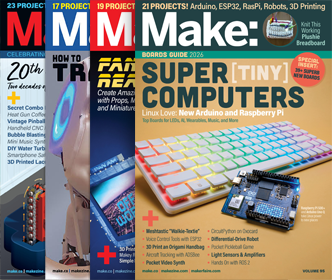DIY nanotechnology: Make magnetite nanocrystals!
The folks over at OSnano are working to make nanotechnology to the home laboratory. Their first project is a guide to fabricating your own Magnetite Nanocrystals: Why? Magnetite Nanocrystals are good for removing arsenic from water. Based on recent advances in nanotechnology, it’s now possible to make regular magnetite nanocrystals as small as 20-100nm, and […]







